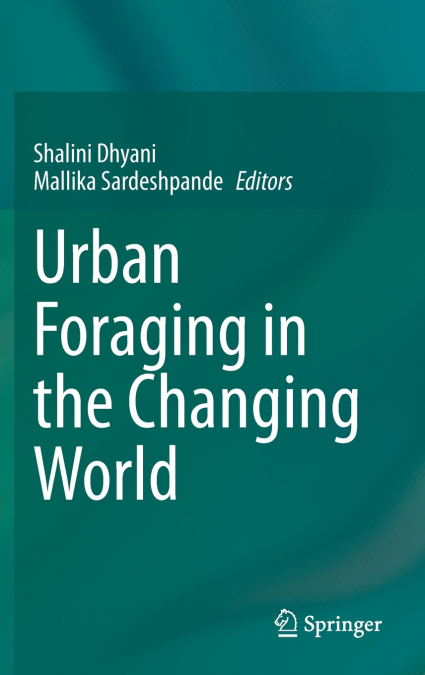
This volume brings together theoretical, experiential, and creative perspectives on the phenomenon of urban foraging. In a rapidly urbanising world, foraging is (re)raining popularity as a way to connect with nature and cope with uncertainty. Authors from various disciplines and geographies make sense of what this means for humanity.Urban foraging represents a multifaceted movement that provides people with avenues for sustenance, socialising, and spirituality. Motivations and implications of urban foraging vary across the socioeconomic spectrum, as do barriers and enablers. Urban foraging can help people adapt to change, and build resilience to shocks, but its spontaneous and unregulated nature makes it attractive to many. Recognising and promoting sustainable urban foraging therefore is a delicate balancing act. This collection discusses the philosophical and practical considerations towards this aim.The book is of interest to researchers, practitioners, entrepreneurs, and creatives, inviting readers to envisage scenarios that are desirable and achievable. It is of special interest to those working in urban and landscape planning, social-ecological systems, non-government organisations, municipal and development corporations, and the environment.